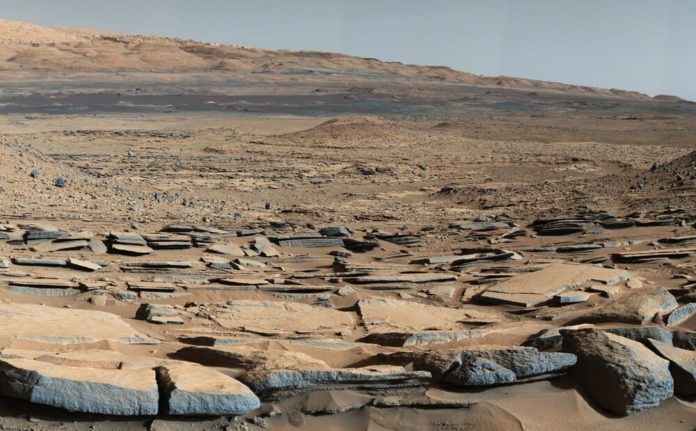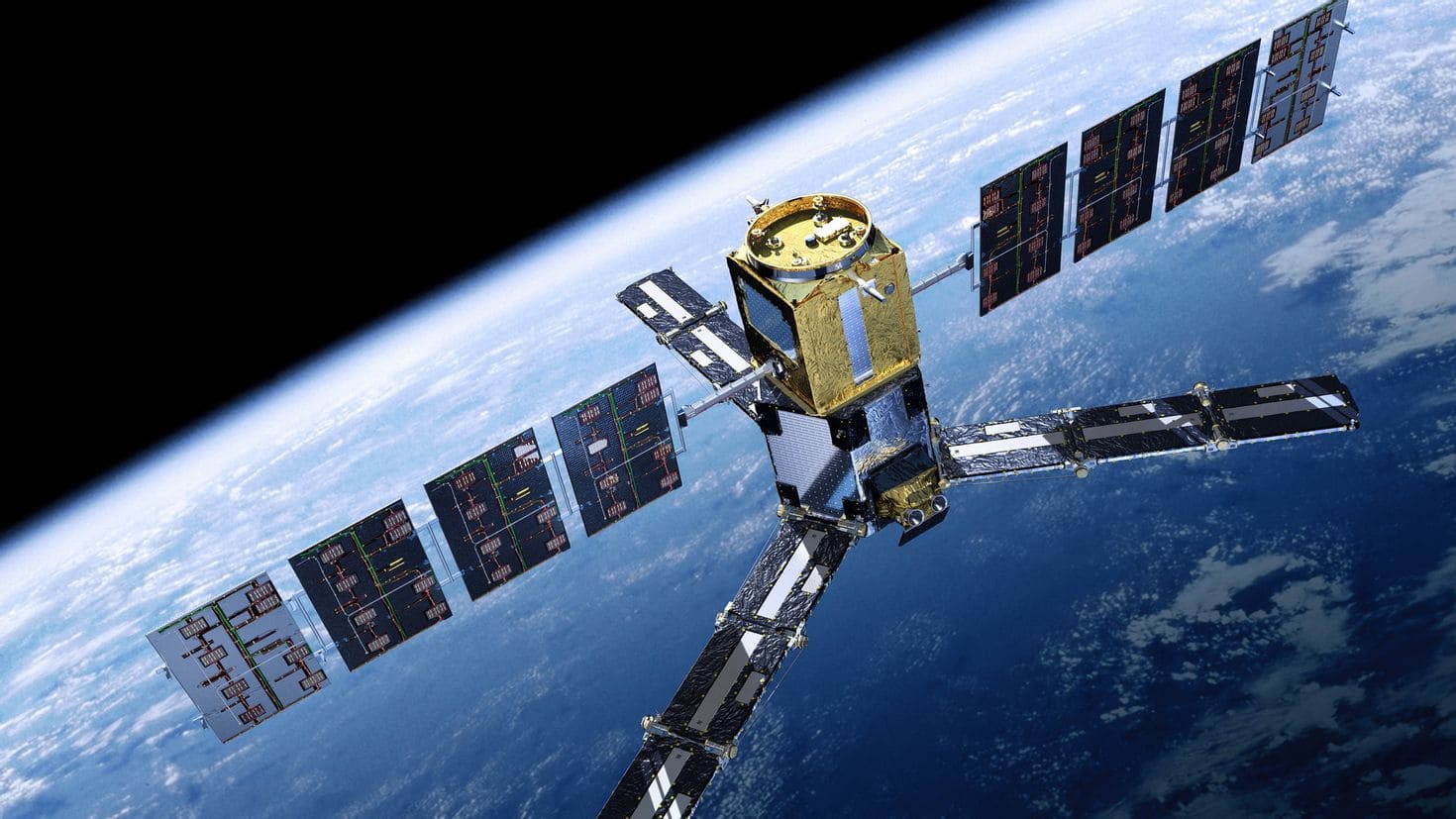The Martian crater Gale, now completely lifeless and deserted, must have once had a full-flowing river flowing into it. Or even if the crater was filled in some other way, for millions of years it looked much more like an Earth lake than any of today’s Martian landscapes. That’s the conclusion a group of planetologists have reached thanks to the new successes of a honoured veteran, the Curiosity rover, which has found unexpectedly large amounts of manganese in the sands.
The rover, which has been working tirelessly for the second dozen years, is armed with the ChemCam instrument. Developed with the participation of CNES (French space agency), it uses a powerful laser to create a layer of plasma on the surface of any rock. This gives it the ability to analyse the chemical composition of the rock with the highest precision.
This is the tool Curiosity used when it explored the sedimentary rocks at the bottom of Gale Crater. And something in the observations turned out to be very suspicious, namely, significantly higher than ‘normal’ levels of manganese.
Previously, other researchers had already noticed that the lake in Gale Crater had been drying up for much longer than scientists thought. Perhaps it was the last oasis of the ‘other Mars’ – rich in liquid water, warmer and more favourable to life. Now a new discovery finds additional support for this hypothesis.
Manganese, or rather its oxide, was the key to the discovery not by chance. On Earth, this rare-earth metal is enriched with oxygen, which is present in the atmosphere in large quantities. In addition, the process can be further accelerated by microbes that use manganese for metabolism. But where could it come from on Mars, and even in such quantities?
This puzzled the scientists, who themselves admitted that they ‘did not expect such high concentrations of it’ in the area of the shoreline of the lake dried up millions of years ago. The head of the research team Patrick Gazda noted that without additional work ‘to understand the process of oxidation of manganese’ on the Red Planet will not be possible. Nevertheless, the increased amount of oxide of this metal in the sedimentary rocks of the crater Gale involuntarily suggests that it would be a good source of energy for Martian microorganisms – if anyone managed to find traces of their existence. After all, the absence of traces of a phenomenon does not mean the absence of the phenomenon itself, and no reason has yet been found that would prohibit the existence of life on the Red Planet in the past.



